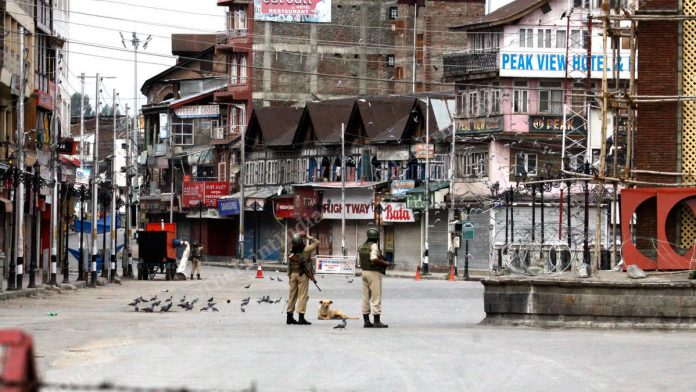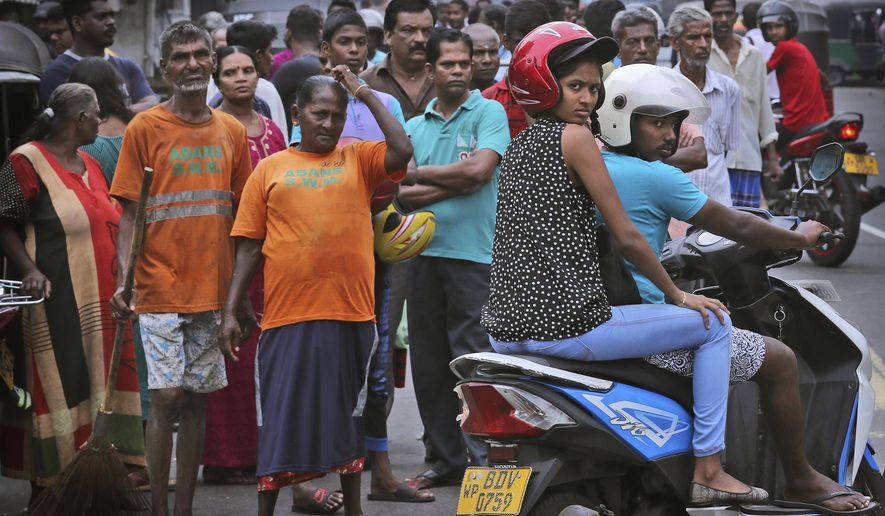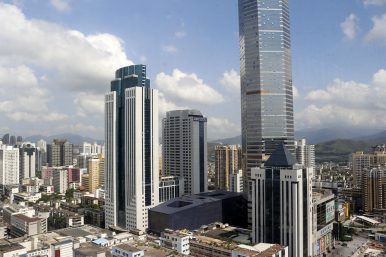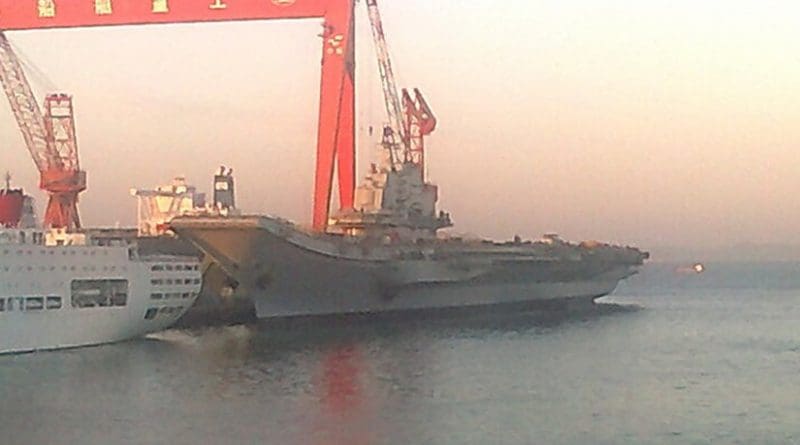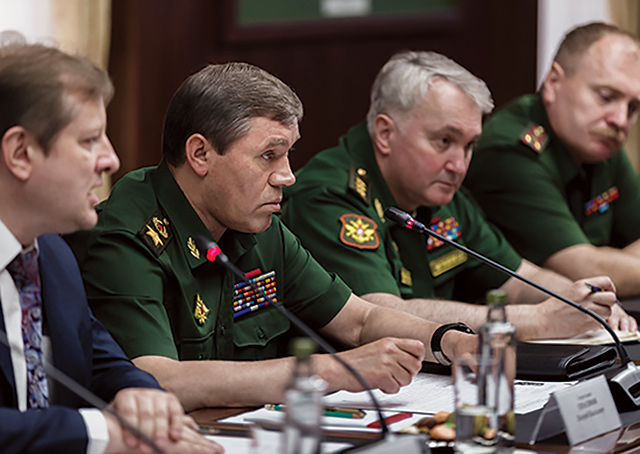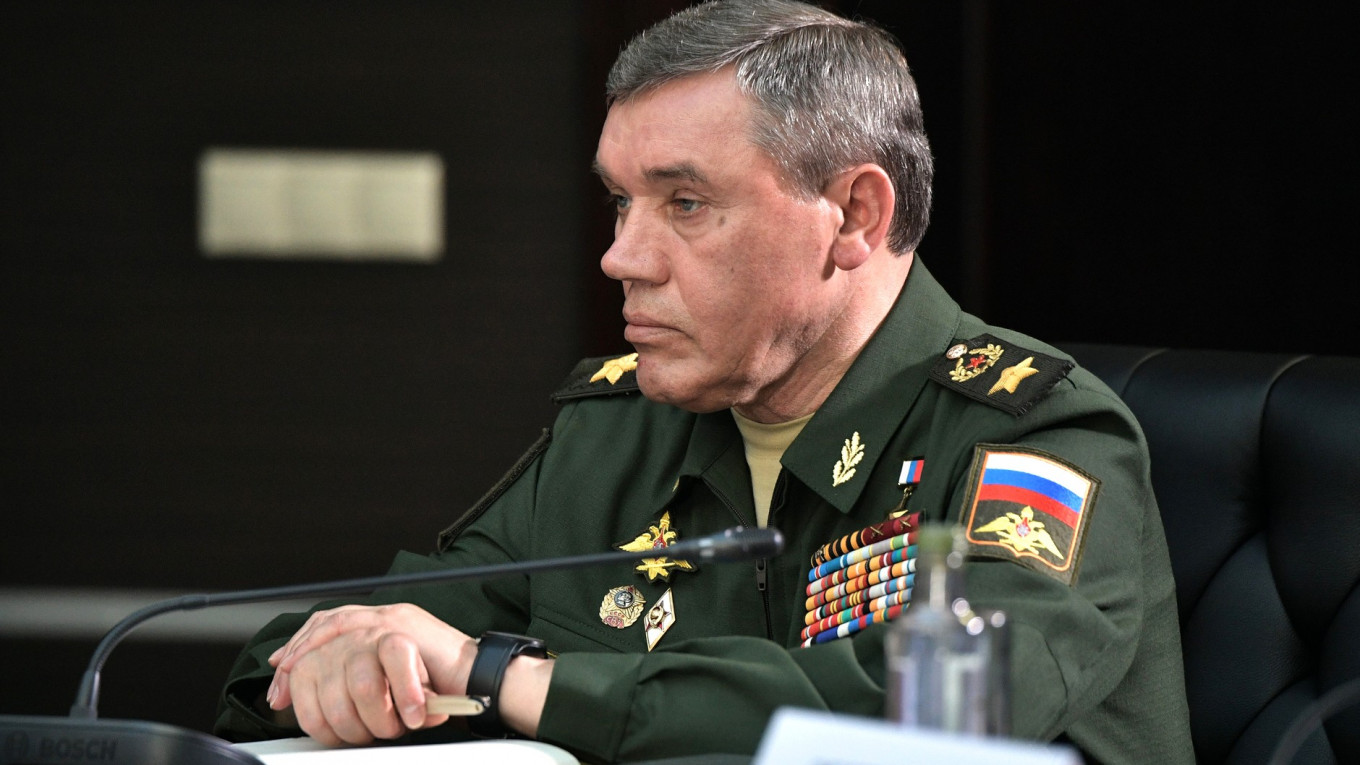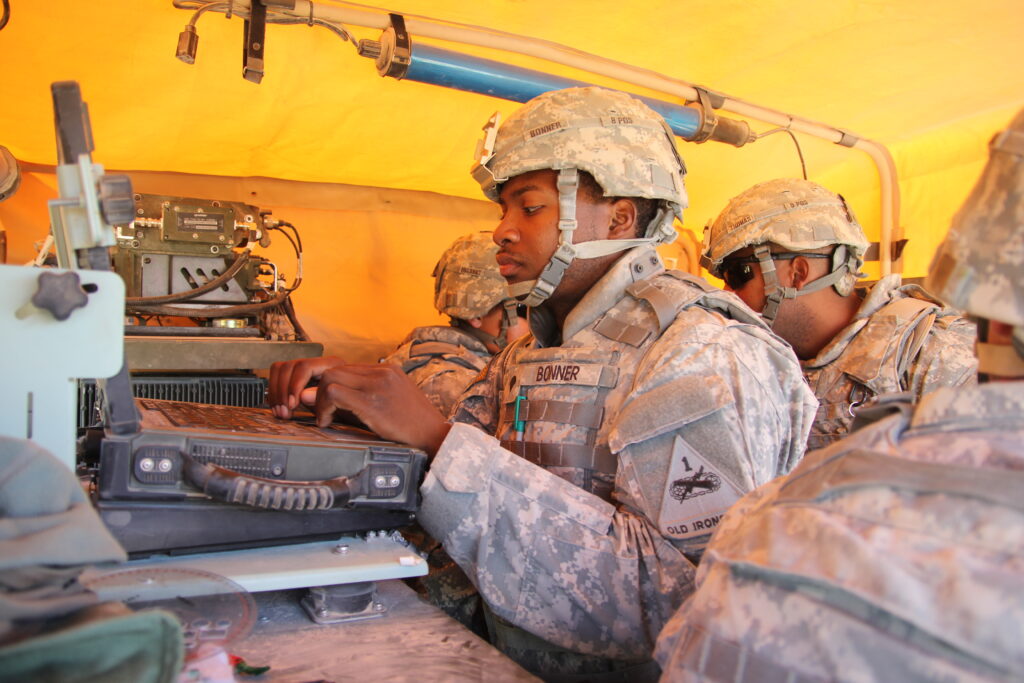By Subrata Majumder
Prime Minister Narendra Modi’s concern on India’s population explosion raises eyebrows among the global viewers. In his Independence speech on 15th August 2019 from the rampart of Red Fort, he said “Population explosion in India is a big problem for us and our future.” It’s to be wondered why India’s increase in population is considered a burden, while a major part of the developed nations plunged in aging society.
Countries like Japan, UK, Germany, France, USA, South Korea and even China with biggest population are sinking in ghettoization by aging people. To this end, surge in population in India is an human capital for these countries to overcome shortage of working population. Given the people mired in aging society in developed nations owing to low fertility rate and depopulation, global working population is in danger.
According to a report by United Nation, by 2050, 36.4 percent of Japanese population will plunge in 65 years of age and above – earliest nation to be ghettoized by aging society. This will be followed by S. Korea with 35.3 percent of 65 years of age and above, France with 26.7 percent, Germany with 30.7 percent, USA with 22.1 percent and China with 26.3 percent in 2050.
